Up Next

Most drivers come into Formula 1 with dreams of one day racing for Ferrari. It’s nothing more than a vague aspiration for most, a realistic possibility for the few and becomes reality only for the elite.
But if joining Ferrari is the pinnacle of a driver’s career, can what follows be anything more than an anti-climax for Sebastian Vettel?
A total of 77 drivers have started world championship races for Scuderia Ferrari, including the two incumbents, with the fastest of those who have moved on showing there are many trajectories Vettel could end up taking.
One of the trajectories he has already rejected, given a remarkable 27 drivers never contested a world championship race after their final appearance for Scuderia Ferrari.
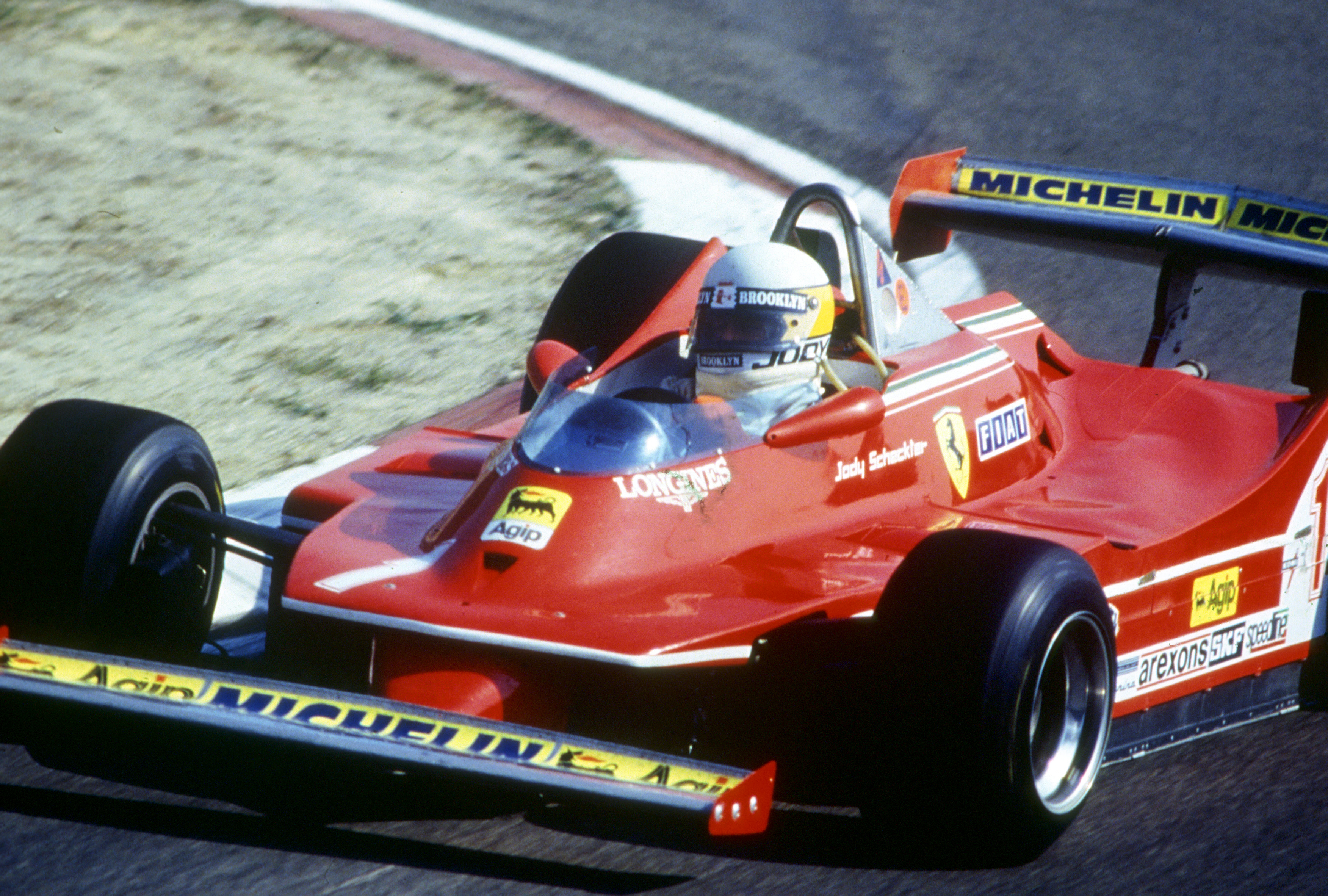
Some were due to tragedy, with Gilles Villeneuve and Wolfgang von Trips among those who perished, while others such as Jody Scheckter (pictured above) were able to quit on top – or at least having very recently been there.
Others faded into F1 obscurity, such as ill-fated 2009 stand-in Luca Badoer and his successor Giancarlo Fisichella – although the latter continues to race Ferrari GT machinery to this day.
The rest can be divided into two broad camps – the good and the bad.
THE GOOD
Encouragingly for Vettel, there’s no lack of success among Ferrari alumni. A total of 13 drivers went on to win grands prix after moving, with five winning world championships.
Three of those drivers even earned a recall to Ferrari colours – Kimi Raikkonen, Gerhard Berger and Mario Andretti – although that seems a desperately unlikely eventuality for Vettel.
Among the five title-winners, Vettel can look to Alain Prost for inspiration. While Vettel’s final year with Ferrari has been a trying one, it pales in comparison to the circumstances of Prost’s departure – fired before the final race of 1991 at a time when he was signed up to stay on in 1992.
Others turned their back on Ferrari, such as Nigel Mansell – who initially announced his intention to retire in the middle of 1990 before signing a Williams deal and winning the 1992 title.
It was a similar story for Juan Manuel Fangio, who never felt entirely at home at Maranello and, after winning the 1956 title, moved on to take the following year’s crown for Maserati.
Niki Lauda is also among those who moved on and enjoyed success. He quit Ferrari because he felt the team partly gave up on him in the wake of his life-threatening crash at the Nurburgring in 1976. After a disappointing stint with Brabham then retirement in 1979, Lauda returned with McLaren and went on to win the 1984 world championship.
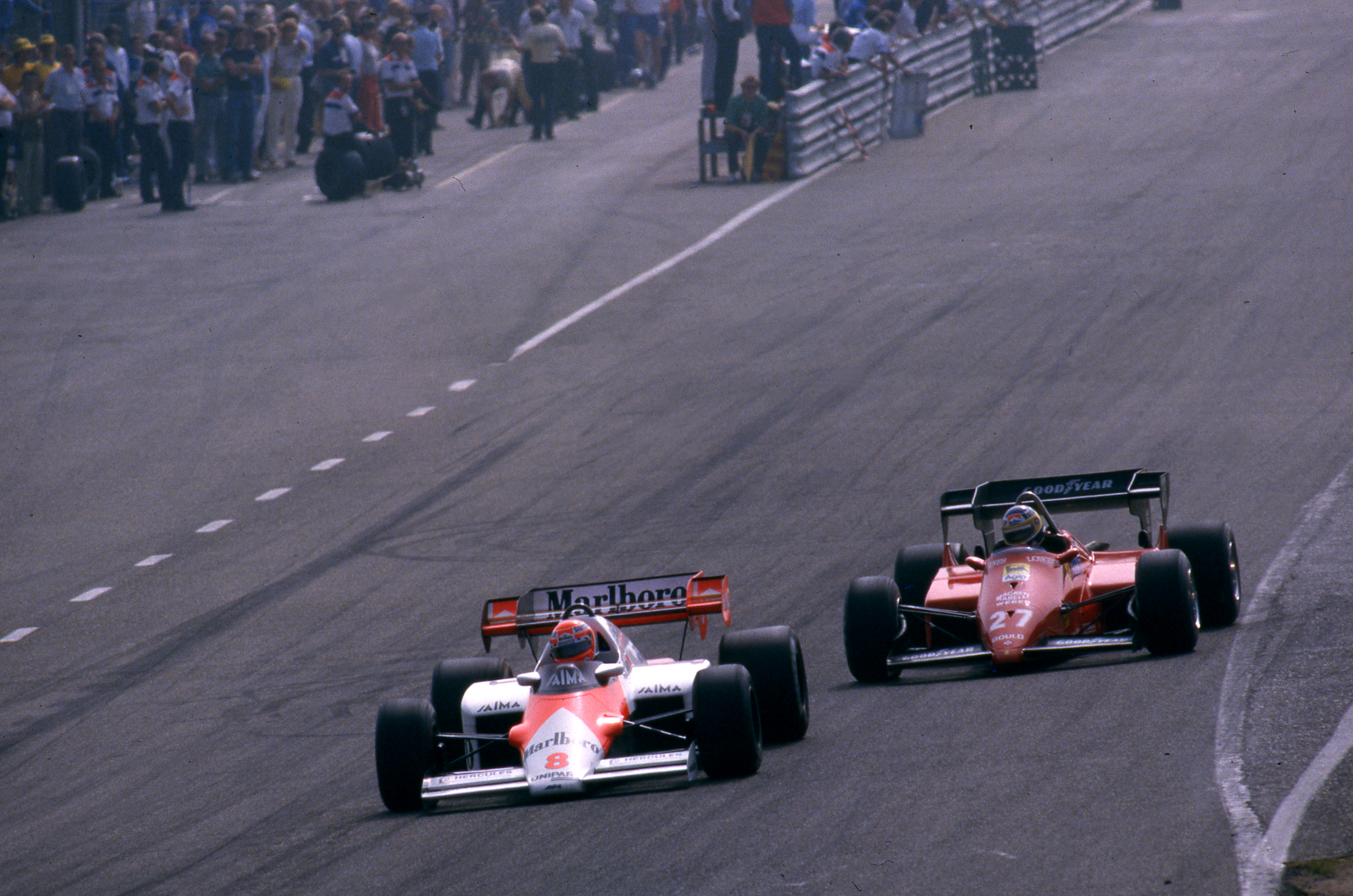
Among that group of five drivers, Andretti is the oddity given he was only ever a part-time F1 driver when he raced for Ferrari at either end of his F1 career. Instead, he took his title success with Lotus and had his famous F1 swansong with the Scuderia in 1982.
The others to have tasted victory after leaving Ferrari are a mixed bag of those who sought team leadership elsewhere, those who got fed up with Ferrari and those who Ferrari gave up on.
John Surtees walked out and washed up at Cooper, a faded force, and forsook a shot at the 1966 title in the process. Rubens Barrichello (Honda) and Carlos Reutemann (Lotus) both saw a chance of thriving elsewhere when they moved on.
Gerhard Berger twice left Ferrari, first for McLaren in 1990 then for Benetton in 1996, as the Scuderia went for big-name alternative drivers. Berger stood on top of the podium in both his post-Ferrari stints.
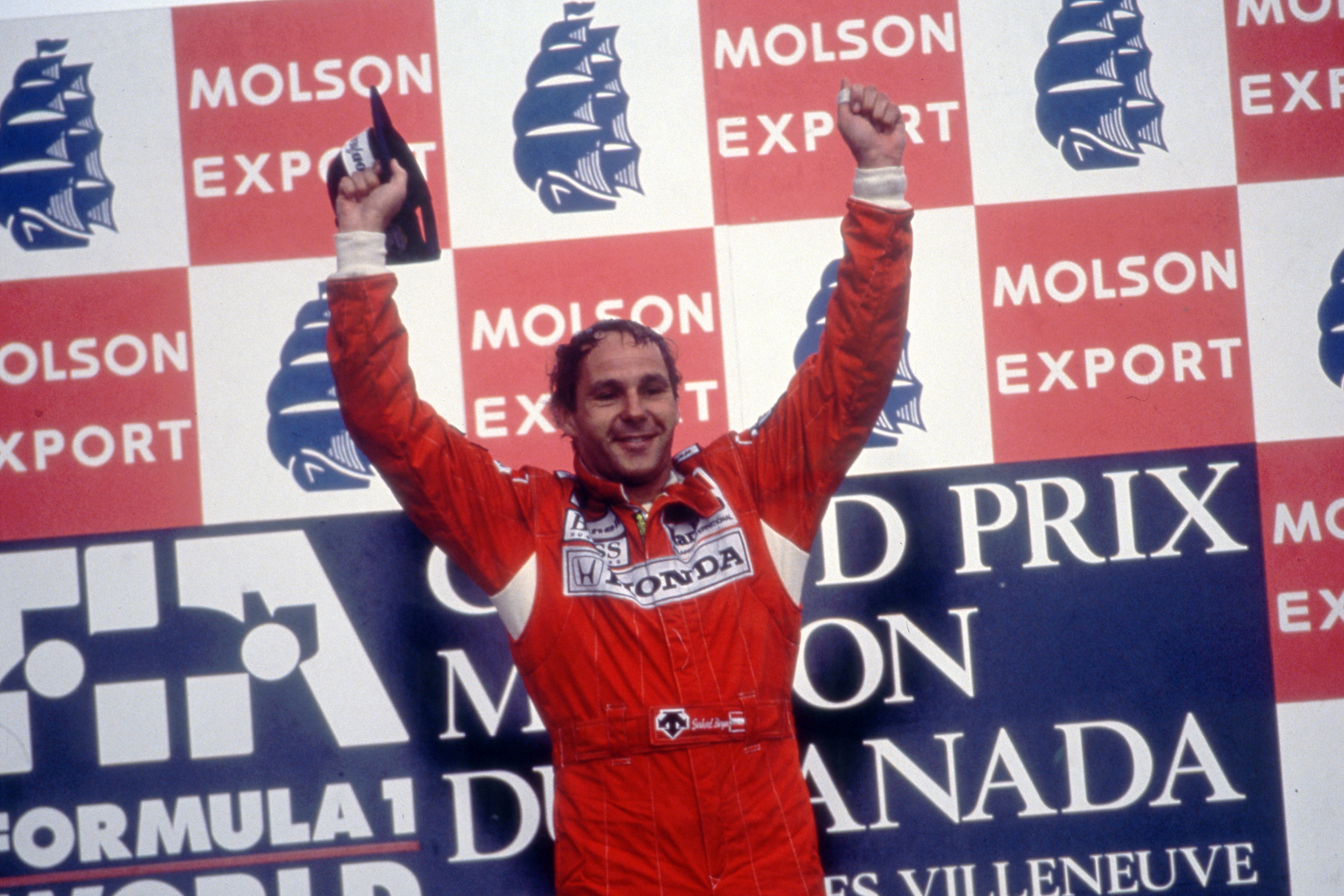
The likes of Clay Regazzoni, Raikkonen (twice) and Maurice Trintignant were deemed surplus to requirements but had more wins in them for other teams.
As for Dan Gurney, his often-forgotten quartet of early F1 outings with Ferrari yielded some good results but he never quite clicked with the organisation and moved on.
So there’s no shortage or inspiration for Vettel there given taking race wins for what is currently Racing Point would be a great – and realistic – achievement.
THE BAD
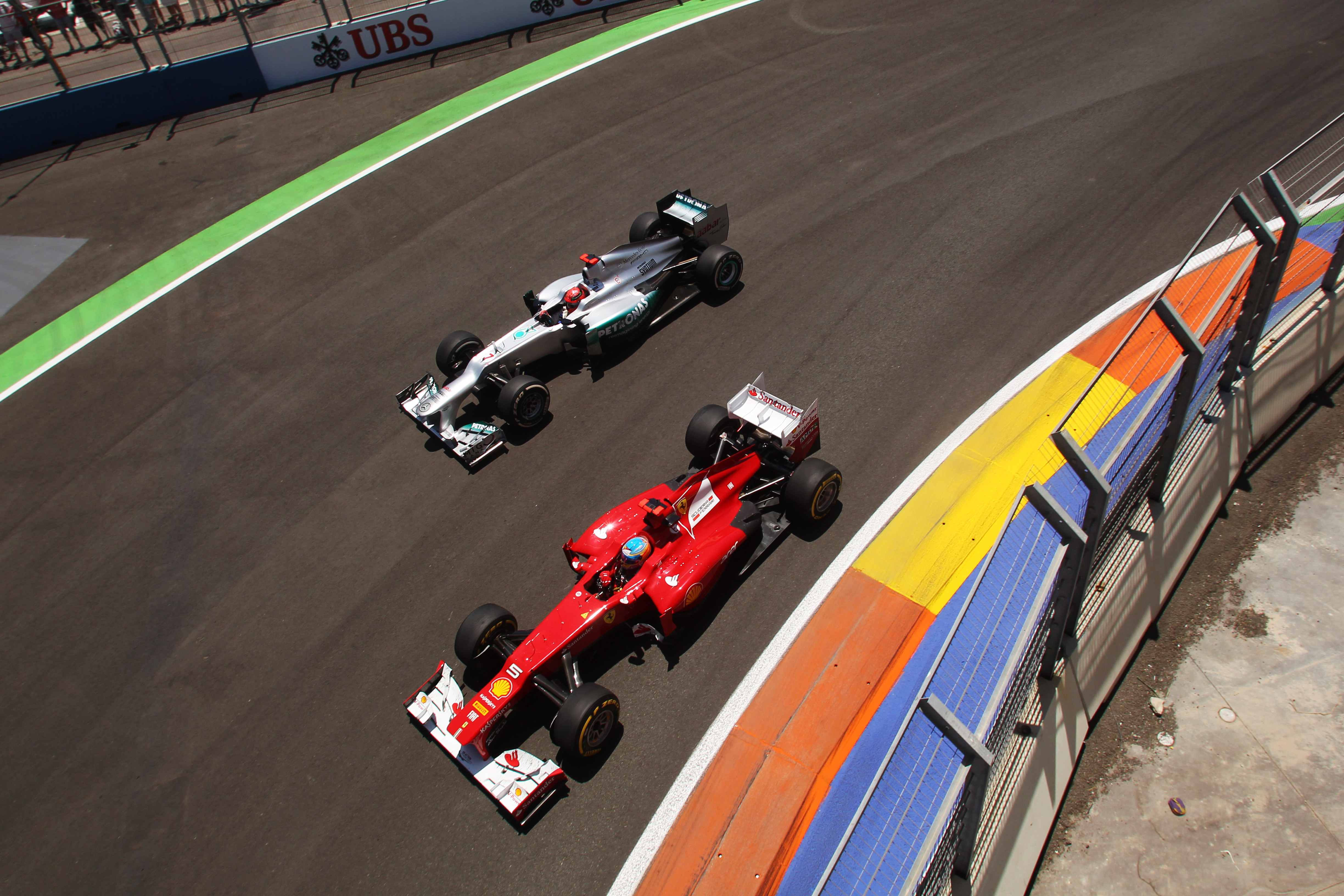
More concerning for Vettel is that there have been plenty of stories of failure – or at the very least of lesser achievement – for those in their post Ferrari years.
In fact, only 17 out of the 75 drivers whose Ferrari careers have come to an end subsequently matched or bettered the best result they had managed while with Maranello.
Perhaps the most famous post-Ferrari flop is Michael Schumacher. After his attempt to return during 2009 in place of the injured Felipe Massa was abandoned given he hadn’t sufficiently recovered from his massive motorbike testing accident earlier that year, he spent three years with Mercedes during which he took just one podium finish.
The driver who is indelibly linked to Vettel’s arrival at Maranello, Fernando Alonso, has yet to stand on a grand prix podium since turning his back on Ferrari in 2014.
After four fruitless years with McLaren, he’s returning to F1 next year with Alpine-Renault but has at least racked up two Le Mans 24 Hours wins, a World Endurance Championship crown and a Daytona 24 Hours victory in the interim.
Those are the two highest-profile post-Ferrari (relative) flops, but there are many other cases of once-favourite sons of Maranello who struggled on without much success.
Michele Alboreto, three times a grand prix winner for Ferrari, had just one podium in his five campaigns after being replaced at Ferrari by Mansell for 1989.
Eddie Irvine headed to Jaguar for big money but managed just two podium appearances, having banked four wins and almost won the title for Ferrari.
Phil Hill, world champion in 1961, had an ignominious post-Ferrari career. Having moved on thanks to Enzo Ferrari not believing Hill had the desire to lay it on the line – and Hill not being especially willing to do so given the way Ferrari worked – he managed only one more points finish.
There have been other far less dramatic declines. Massa falls into this category because he didn’t achieve the heights he did at Ferrari, but he did enjoy a four-year postscript to his F1 career at Williams that included five podium appearances and a pole position – but no wins.
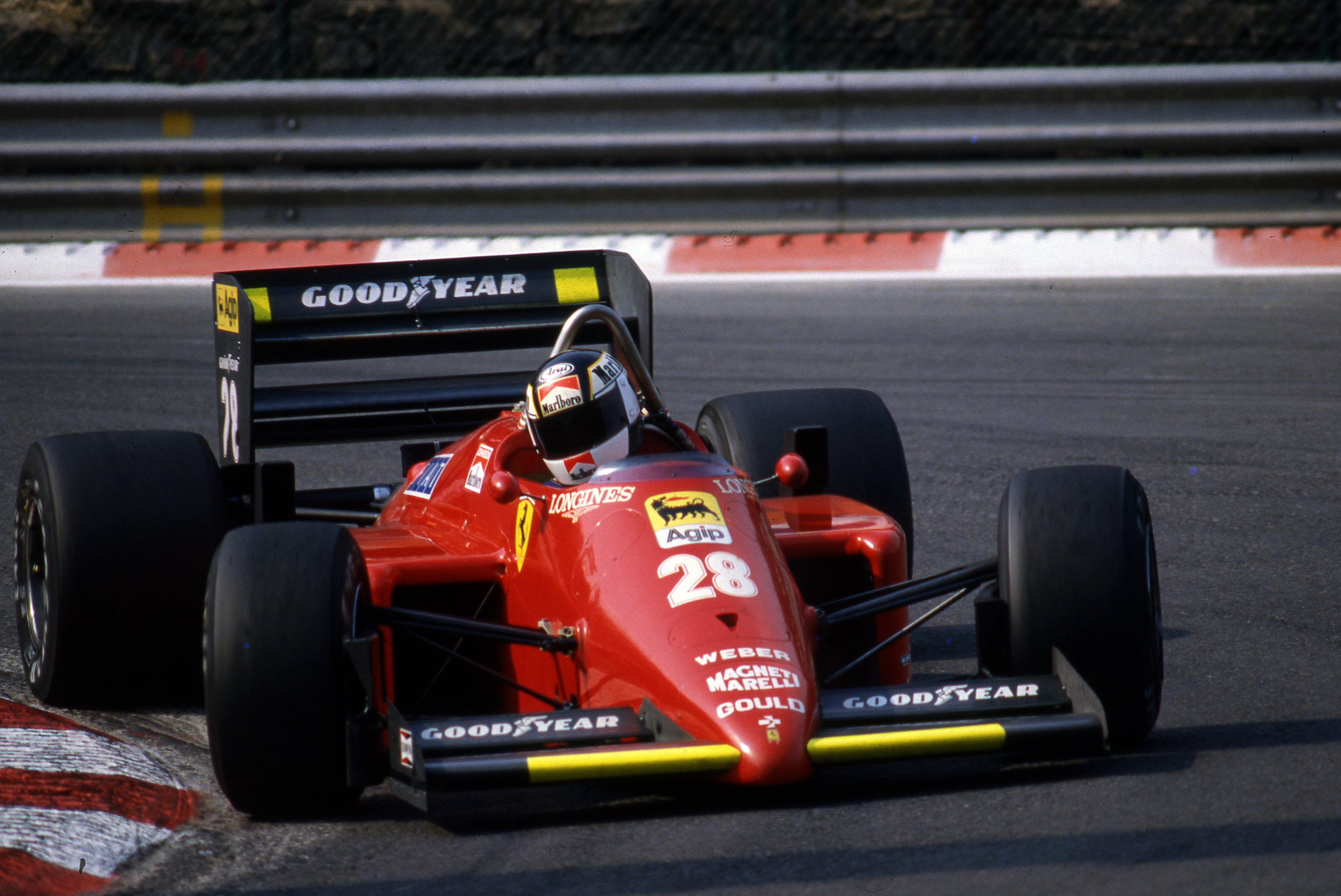
Others, including Stefan Johansson, Jean Alesi, Patrick Tambay, Jacky Ickx and Tony Brooks, also stood on the podium after their departure but were never as prominent as they were in their Ferrari days.
Where Vettel – the 76th to leave Ferrari – will fall among his predecessors is just speculation for now. But history tells us that, while success is possible, it’s more common for those leaving Ferrari to fall short of the heights that were once taken for granted.





